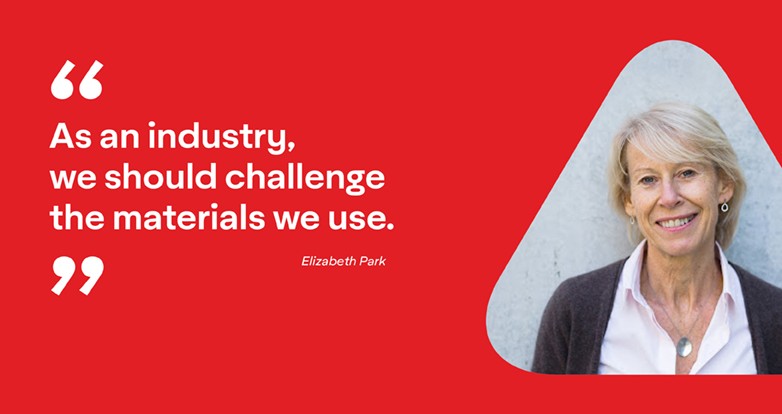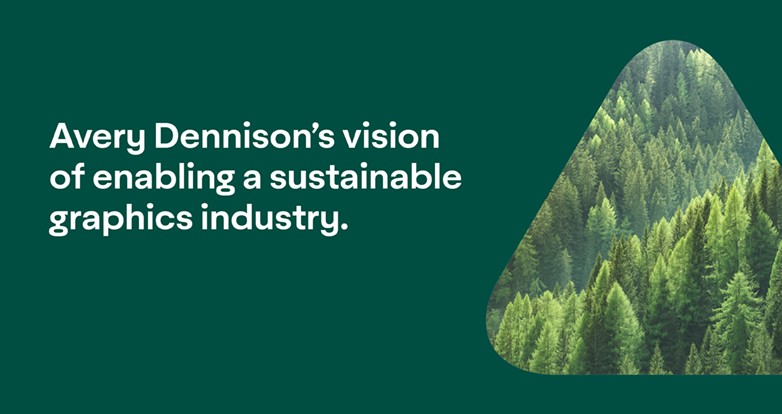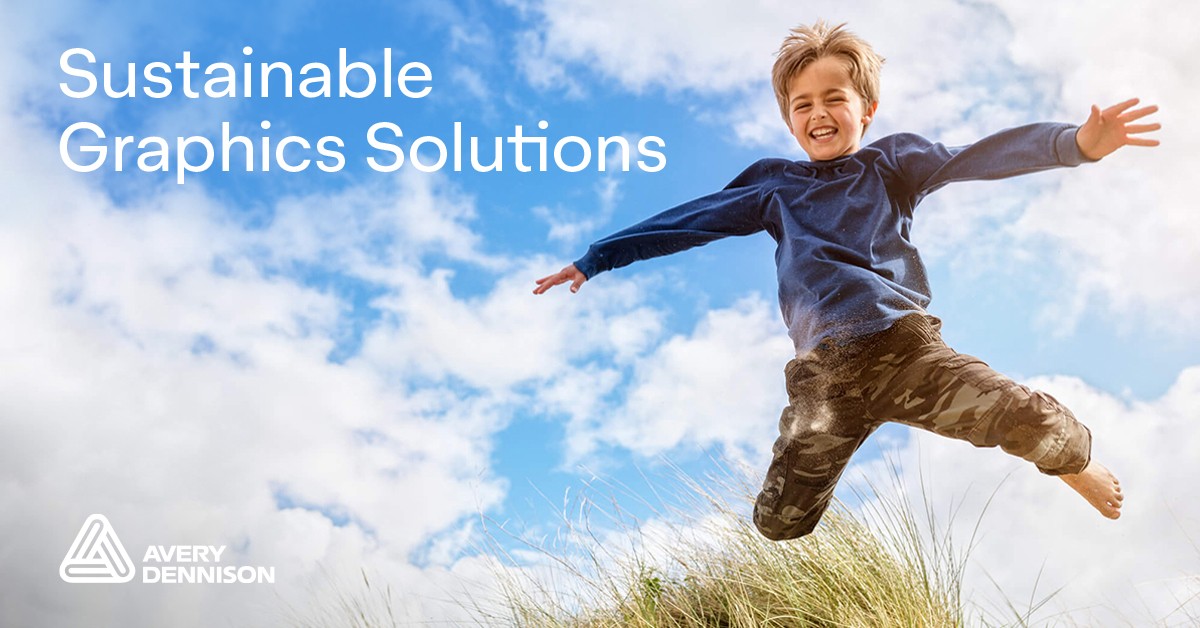Taking into account all criteria such as the use of fossil fuels, energy, water, greenhouse gas (GHG) emissions and waste, what is the most sustainable product choice as a graphics converter?
The best case would of course be to put as few materials on the market as possible, and to not create waste, but we know this is not always possible. The next best-case scenario in terms of sustainability is the use of renewable raw materials. In our industry we use films made from polymers - and this is also the case for PVC-free films and solvent-based adhesives. These polymers are petroleum based, and of course petroleum is a non-renewable resource. So when we make choices taking into account the life cycle of a product, we must avoid using excessive amounts of non-renewable resources and look for alternatives.
This is where we can ask an important question: is PVC better than a polyolefin or a polyurethane film? If you look at the weight of PVC, more than 50% of it is chlorine (CI). That means that if you compare a certain amount of PVC with PO or PU, the PVC contains less petroleum. On that specific aspect of sustainability, PVC scores more favorably. All of the pros and cons for each of the different materials must be taken into account when thinking about sustainability measures, and this applies to both PVC and PVC-free materials. Striving for products that require fewer non-renewable components is the best rule in my opinion.
Many factors are involved in how products are treated at the end of their use phase. For example, can they be reused or recycled, or can we recover energy from their combustion? PVC scores less favorably when it ends up in the waste stream, because PVC does not break down and will therefore remain in our soil forever. Other polymers do degrade, although it can take several years, for example 5-10 years (PET), 20-30 years (PP), or up to 1000 years for LDPE.
We need to consider our choices for each of the different aspects within the life cycle assessment and sustainability hierarchy. A meaningful view of sustainability considers how a product is manufactured, what raw materials are used, how it performs during the use phase and what happens to it at the end of life.
We are at early stages of our sustainability journey, but it is important to set expectations and targets and hold ourselves accountable to demonstrate progress.
For more information on our sustainability commitment, you can visit our website and check out our sustainability brochure.





